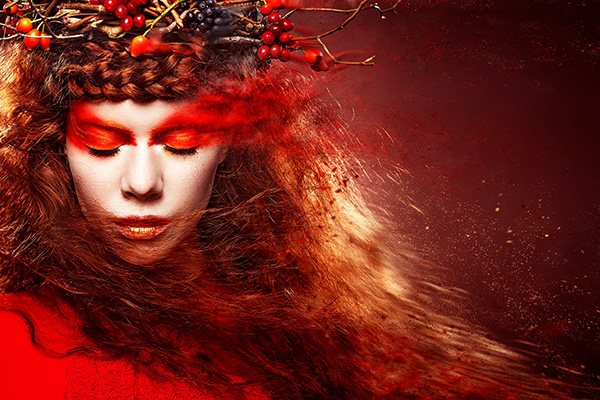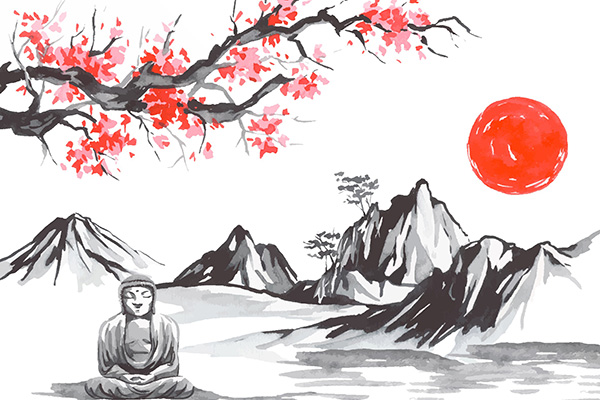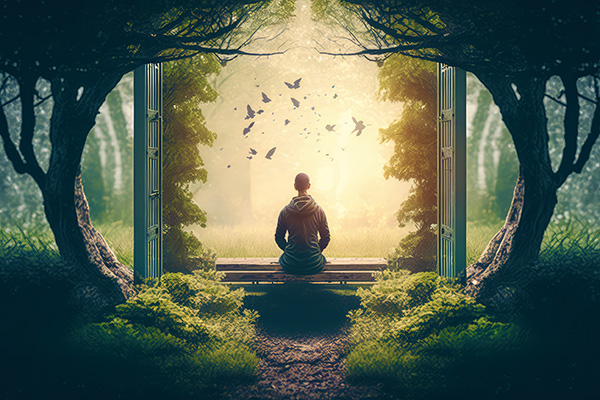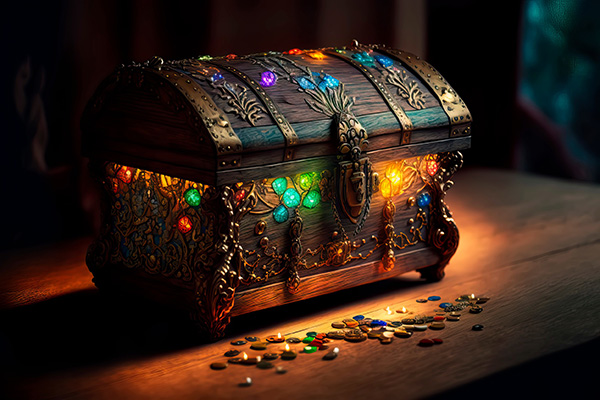art
How To Accomplish More With A Vision Board
 In my teenage years, I found myself longing to explore and develop my psychic abilities. This inner calling was deeply connected to my desire to find my purpose in life.
In my teenage years, I found myself longing to explore and develop my psychic abilities. This inner calling was deeply connected to my desire to find my purpose in life.
Around this time, I joined an adolescent spiritual group — a vibrant community of young people from diverse cultural and religious backgrounds. Together, we sought common ground through shared experiences and explorations of our spirituality.
One of the most powerful moments in this group occurred during a camping retreat. On the last night, we gathered in a cozy room around a large table strewn with magazines, glue sticks, scissors, and art supplies. Our teacher introduced an exercise that would forever change my perspective on goal-setting and self-discovery.
The task was simple: use the materials at hand to put our hopes, dreams, and aspirations on paper. Our teacher explained that creating a vision board wasn’t just a fun activity — it was a way to clarify our goals and intentions while providing a visual tool to keep us motivated and inspired.
At first, the room buzzed with laughter and excitement as we flipped through magazines and cut out colorful images and words that spoke to us. But as the activity progressed, the mood shifted. A quiet focus settled over the room as each of us poured our hearts into our creations. By the end of the evening, our vision boards were filled with vibrant images and words that represented our youthful hopes and dreams.
Invoking The Power And Beauty Of Freya
 The goddess Freya has a special place in my spiritual self-care routine. I often turn to her when I need extra guidance and support.
The goddess Freya has a special place in my spiritual self-care routine. I often turn to her when I need extra guidance and support.
Freya is the ancient Norse goddess of love, beauty, fertility, and war. She is one of the most important deities in Norse mythology, embodying the ultimate ancient archetype for ‘girl power’ and ‘boss lady’ energy.
She is traditionally revered for her deep wisdom, boundless compassion, and fierce protection. Invoking her divine feminine power has brought much transformative and empowering energy to many aspects of my life.
In Norse folklore, Freya rides a chariot drawn by two large, powerful cats and is often depicted wearing the Brísingamen necklace, a symbol of her power and beauty.
The Brísingamen was created by four dwarves known for their exceptional craftsmanship. The necklace symbolizes beauty, desire and the power of attraction. It also represents Freyja’s connection to the earth and its fertility.
Freya is the leader of the Valkyries, the warrior maidens who choose those who may die and those who may live in battle. Freyja is said to receive half of the slain warriors in her heavenly field, Fólkvangr, while the other half go to Odin’s hall, Valhalla.
This dual role highlights her authority and revered status among the gods, bridging the realms of life and death. The Valkyries, under her guidance, serve not only as fierce selectors of the fallen but also as protectors and guides for these chosen souls, ensuring their honored place in the afterlife.
The Meditative Art Of Sumi-e Painting
 As a spiritual advisor and artist, I’ve always been drawn to the ways in which art and spirituality intersect to offer pathways to deeper self-awareness and tranquility.
As a spiritual advisor and artist, I’ve always been drawn to the ways in which art and spirituality intersect to offer pathways to deeper self-awareness and tranquility.
One such path that has had a profound impact on my life is Sumi-e painting, also known as suibokuga or ‘ink wash painting.’ It is a traditional Japanese painting technique that uses black ink, typically in varying concentrations, to create brushstroke-based works of art.
Sumi-e is characterized by its minimalism, simplicity, and emphasis on capturing the essence or spirit of the subject rather than its literal representation.
Paintings often feature subjects such as landscapes, flowers, birds and other natural elements. Artists use various brush techniques to create different textures, tones, and depths using only black ink on absorbent paper or silk.
The art form has deep roots in Zen Buddhism, which emphasizes spontaneity, simplicity, and harmony with nature. Practitioners often meditate before painting to cultivate a clear and focused mind, which they believe enhances their ability to express the essence of the subject.
Sumi-e painting has had a significant influence on various art forms, including calligraphy and other East Asian brush painting styles. It continues to be practiced and appreciated for its timeless elegance and ability to evoke profound emotions with seemingly simple brush strokes.
Finding Your Silent Space Within
 Finding our silent space within is the essential spiritual practice. Cultivating a sense of inner stillness, mindfulness, and presence is crucial to any spiritual, metaphysical, or esoteric practice, as it allows for a deeper connection to your higher self, the universe, and the divine.
Finding our silent space within is the essential spiritual practice. Cultivating a sense of inner stillness, mindfulness, and presence is crucial to any spiritual, metaphysical, or esoteric practice, as it allows for a deeper connection to your higher self, the universe, and the divine.
The silent space within is the inner connection point to our spirit or soul — the part of our being that is eternal and transcendent. This relationship is fundamental to most spiritual, religious, and esoteric traditions, which often describe the silent space within as a portal or bridge to a deeper understanding and connection with the soul, the divine, or the universal consciousness.
In many traditions, cultivating the silent space within is considered essential to achieving enlightenment or spiritual liberation — the realization of one’s true nature as soul or spirit, beyond physical and mental limitations. This realization of inner silence is our awakening to the eternal aspect of our being.
A concept used in various spiritual, meditative, and mindfulness practices, the notion of a silent space within symbolizes the inner sanctuary where one can retreat to find inner peace and strength, clarity, and a sense of centeredness, regardless of external circumstances. It is where we feel a deeper connection to something greater than ourselves, which is central to any spiritual path.
The Unconventional Energies Of Venus In Aquarius
 The planet Venus is currently in Aquarius until March 11, bringing a unique and somewhat unconventional energy to our relationships, aesthetic preferences, and personal values.
The planet Venus is currently in Aquarius until March 11, bringing a unique and somewhat unconventional energy to our relationships, aesthetic preferences, and personal values.
Venus is all about love, romance, beauty, and what we hold dear in our hearts. When she teams up with Aquarius, a sign known for fresh ideas and unapologetic uniqueness, we get a cool mix that shakes up how we view our relationships and chase after what really matters to us. Aquarius is known for its forward-thinking, innovative, and sometimes rebellious nature.
When Venus enters Aquarius territory, it takes love and beauty to a whole new level of thinking big and caring about the world and each other. This mix challenges us to think outside the box and not just stick to what everyone expects when it comes to love and life.
Venus in Aquarius invites us to look at love, beauty and connection in a new light. It’s a call to be true to ourselves, to embrace diversity, and to dream of a future where love isn’t limited by old-fashioned rules. With Venus in Aquarius, the possibilities for love are endless, encouraging us to dive deep into the adventure and approach life with an open mind.

